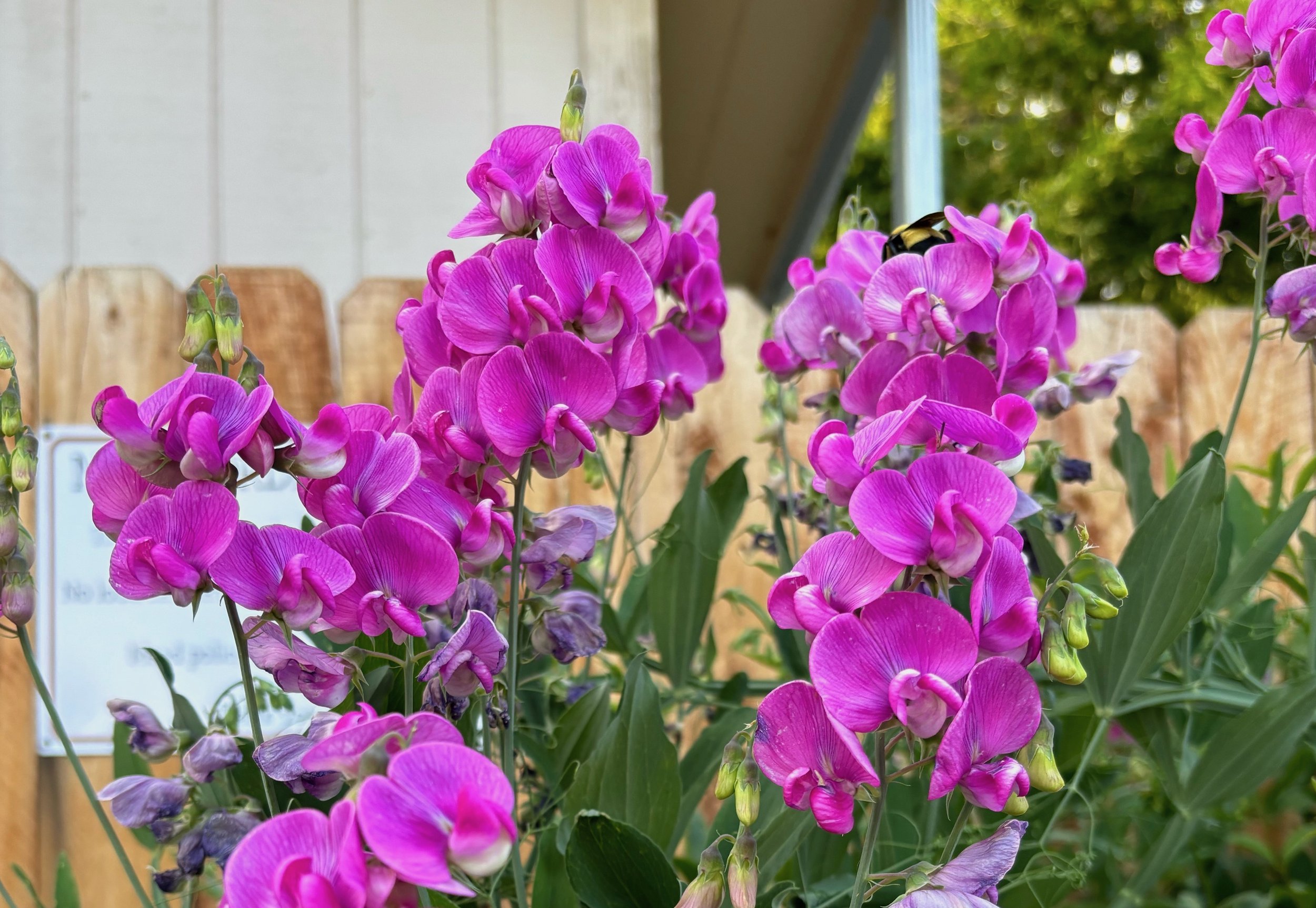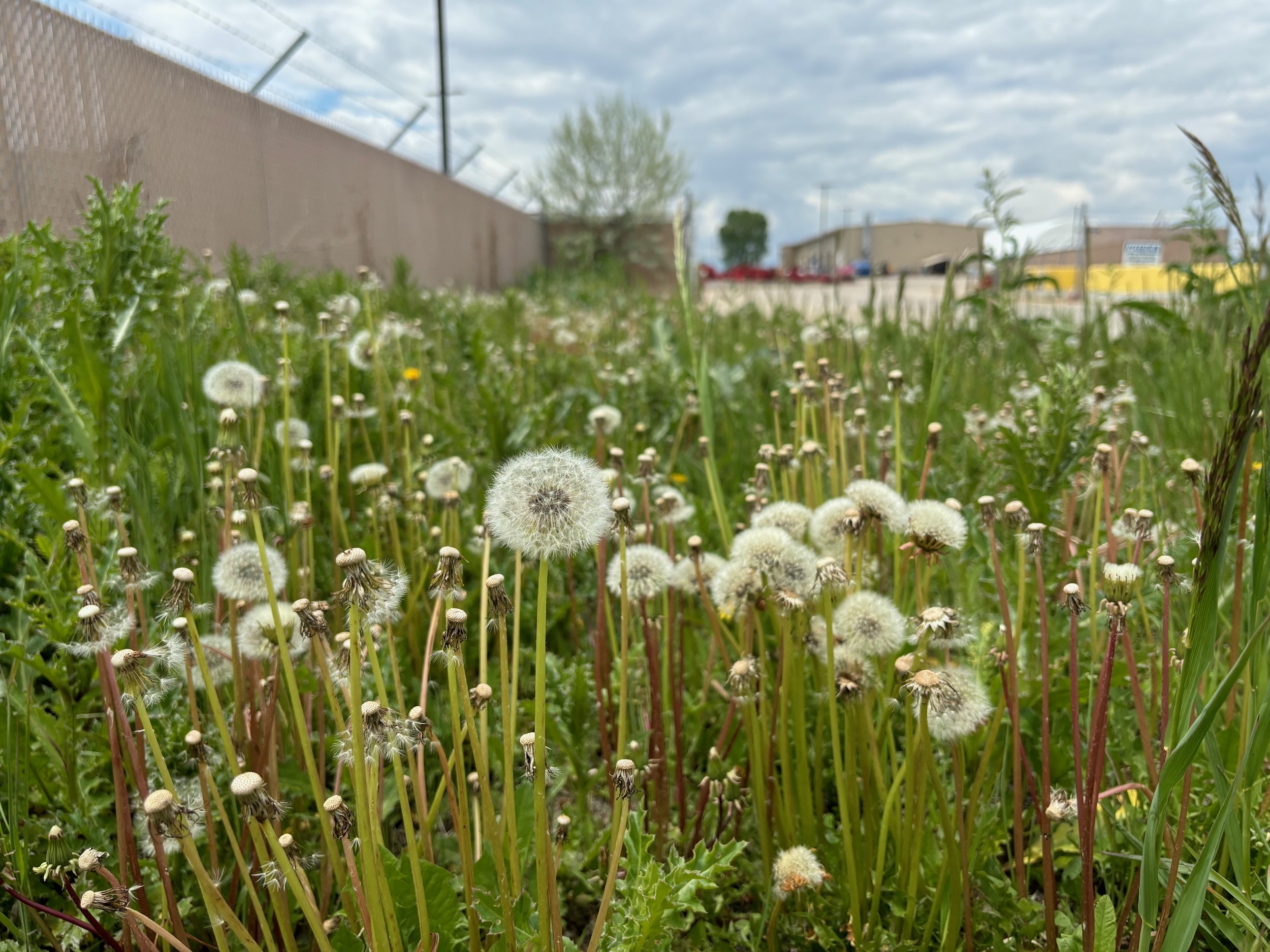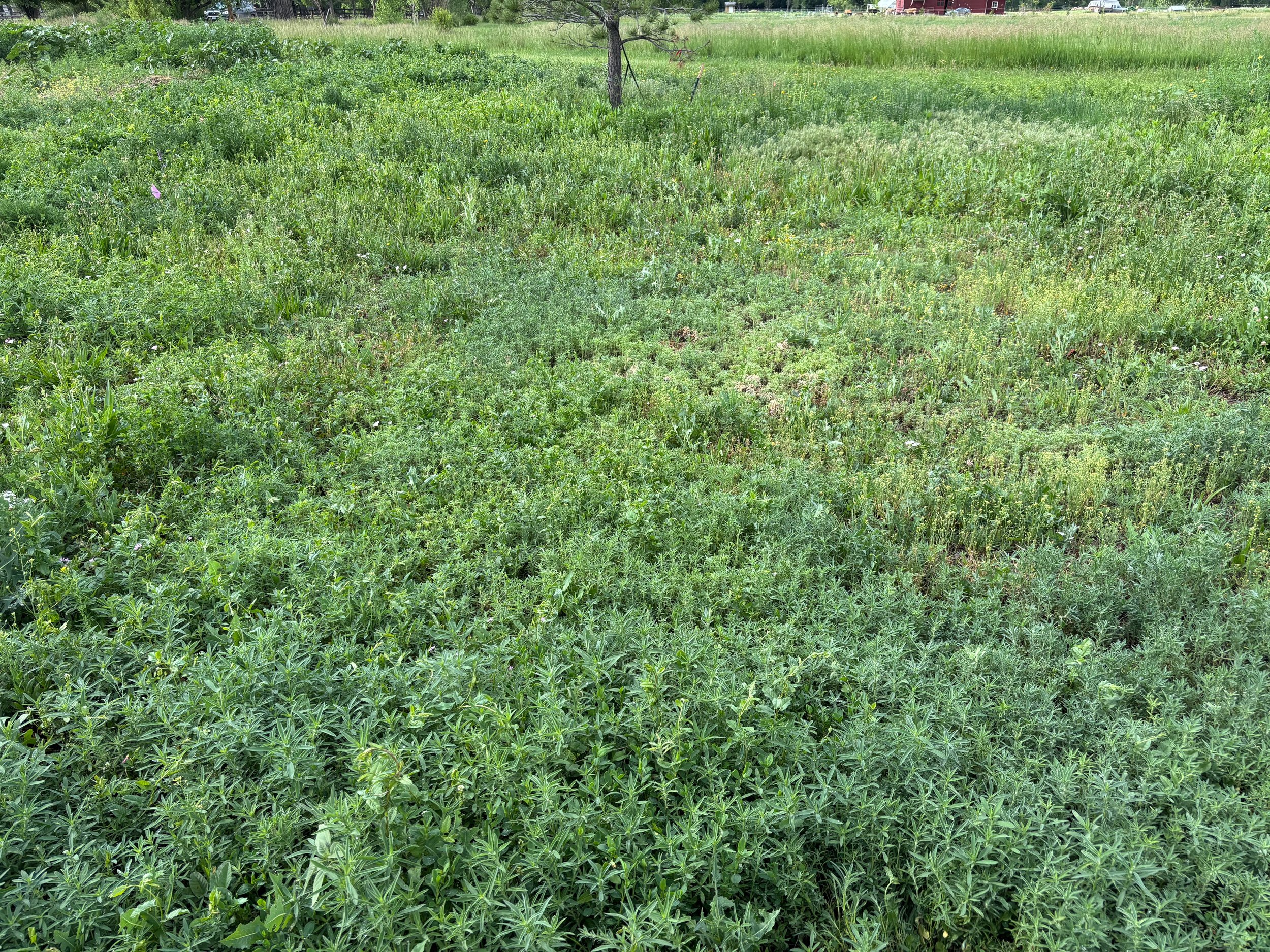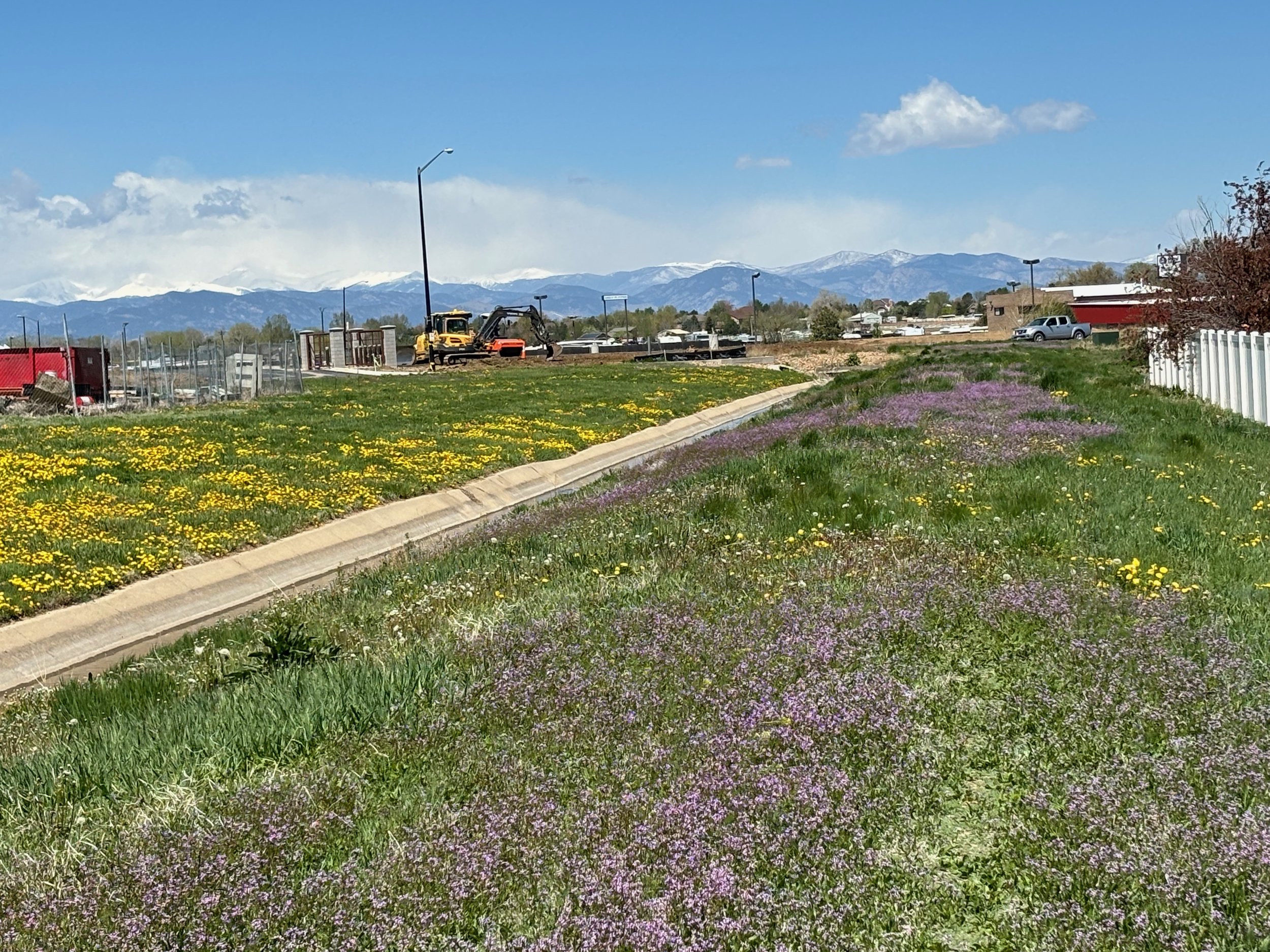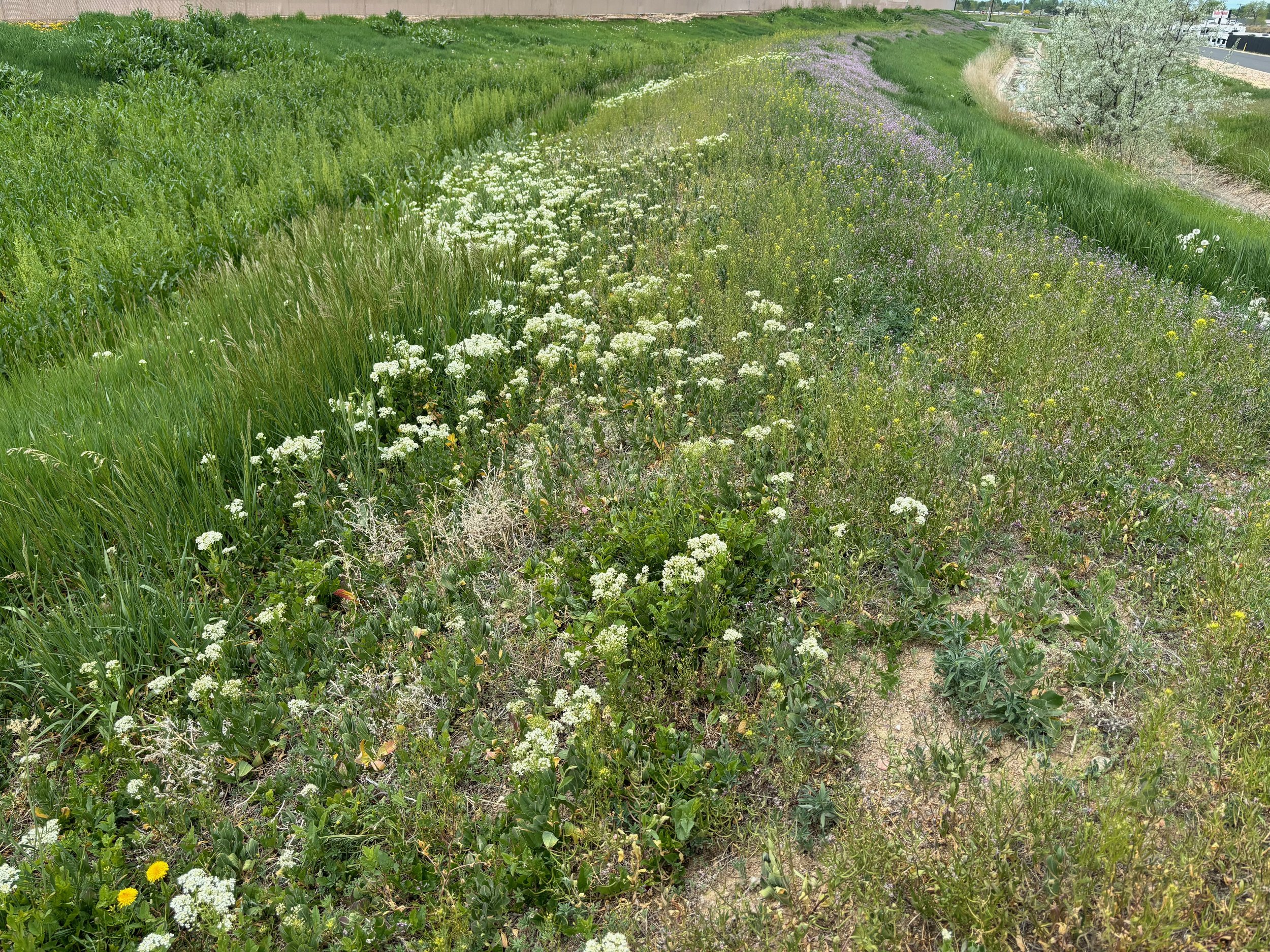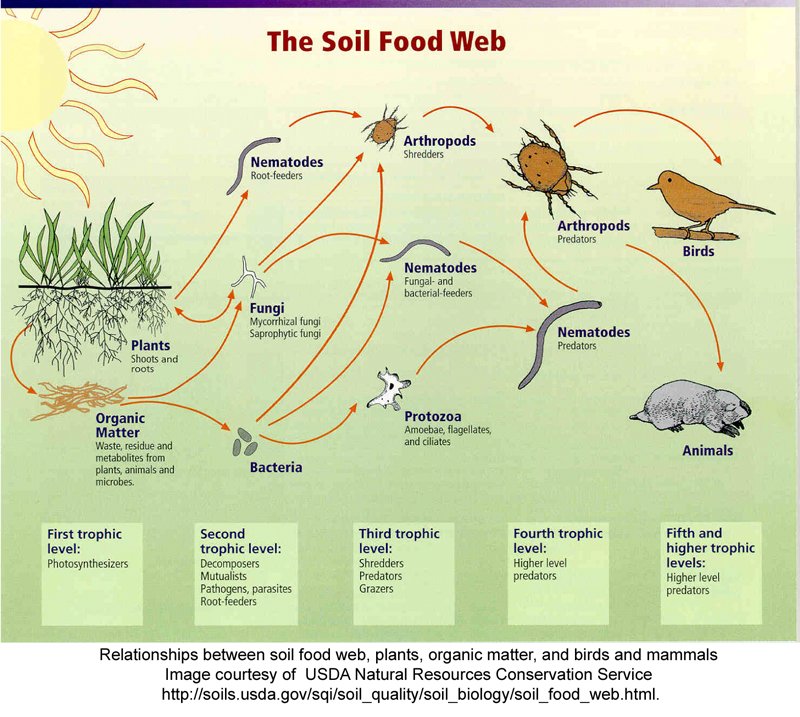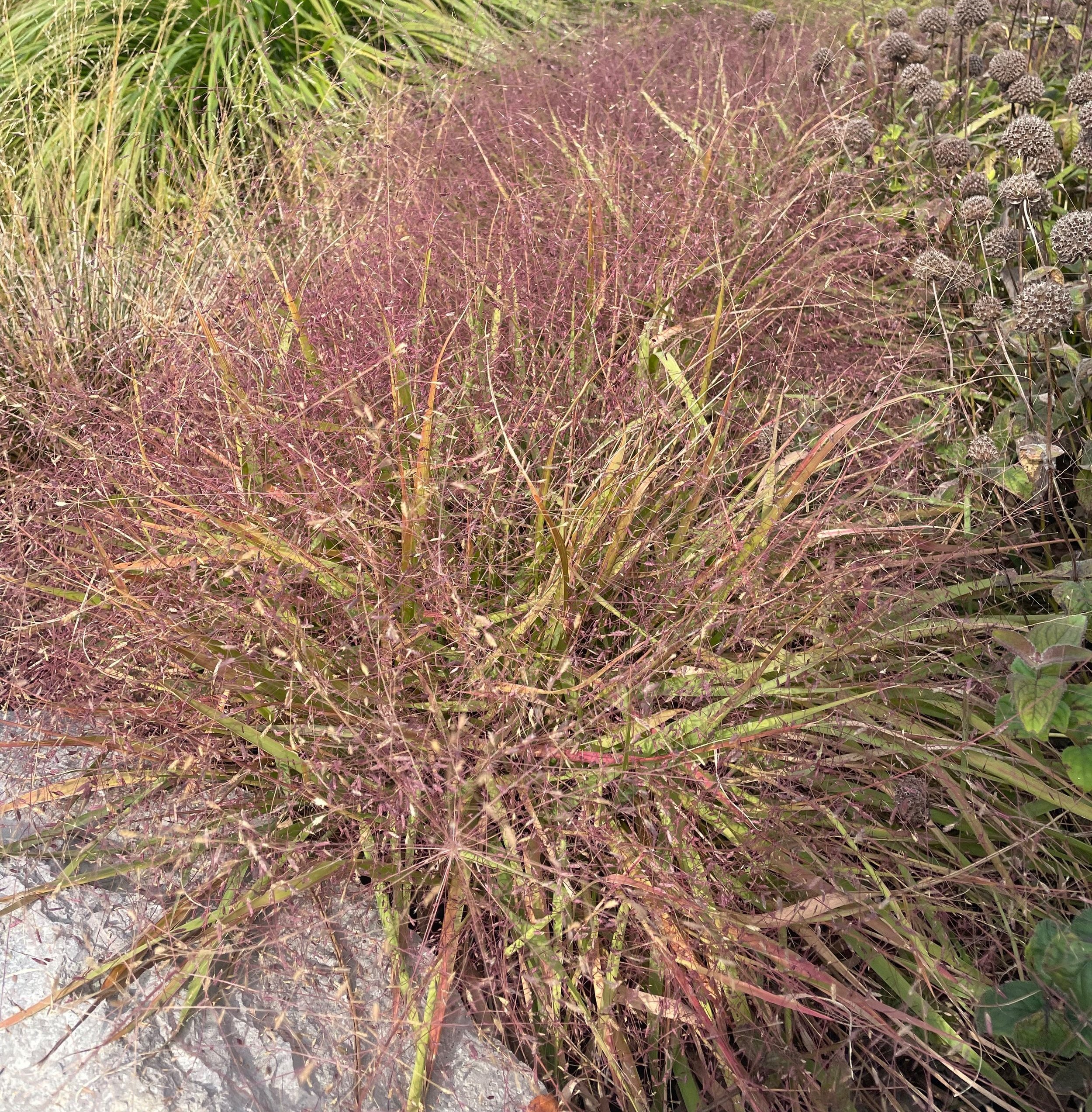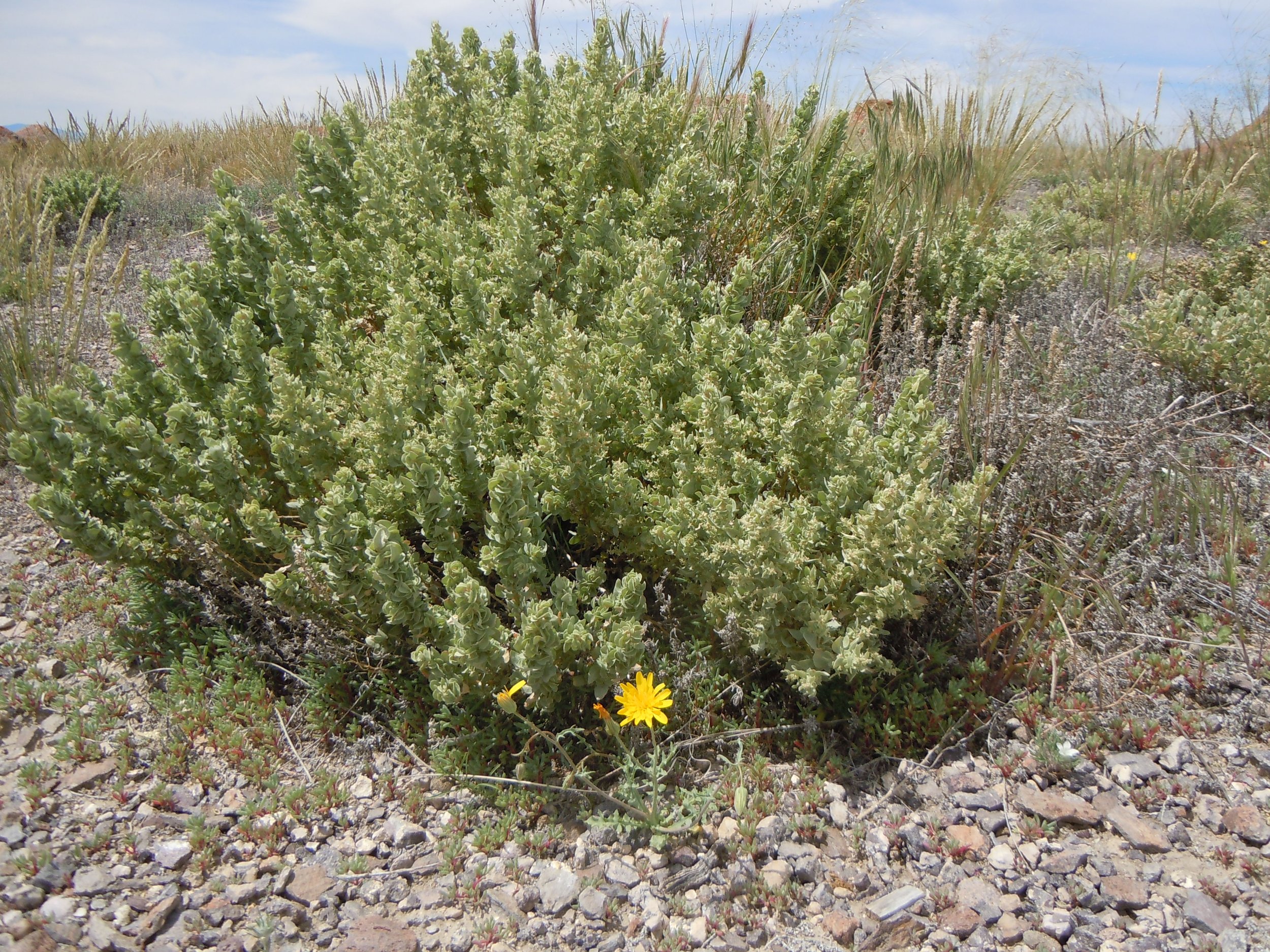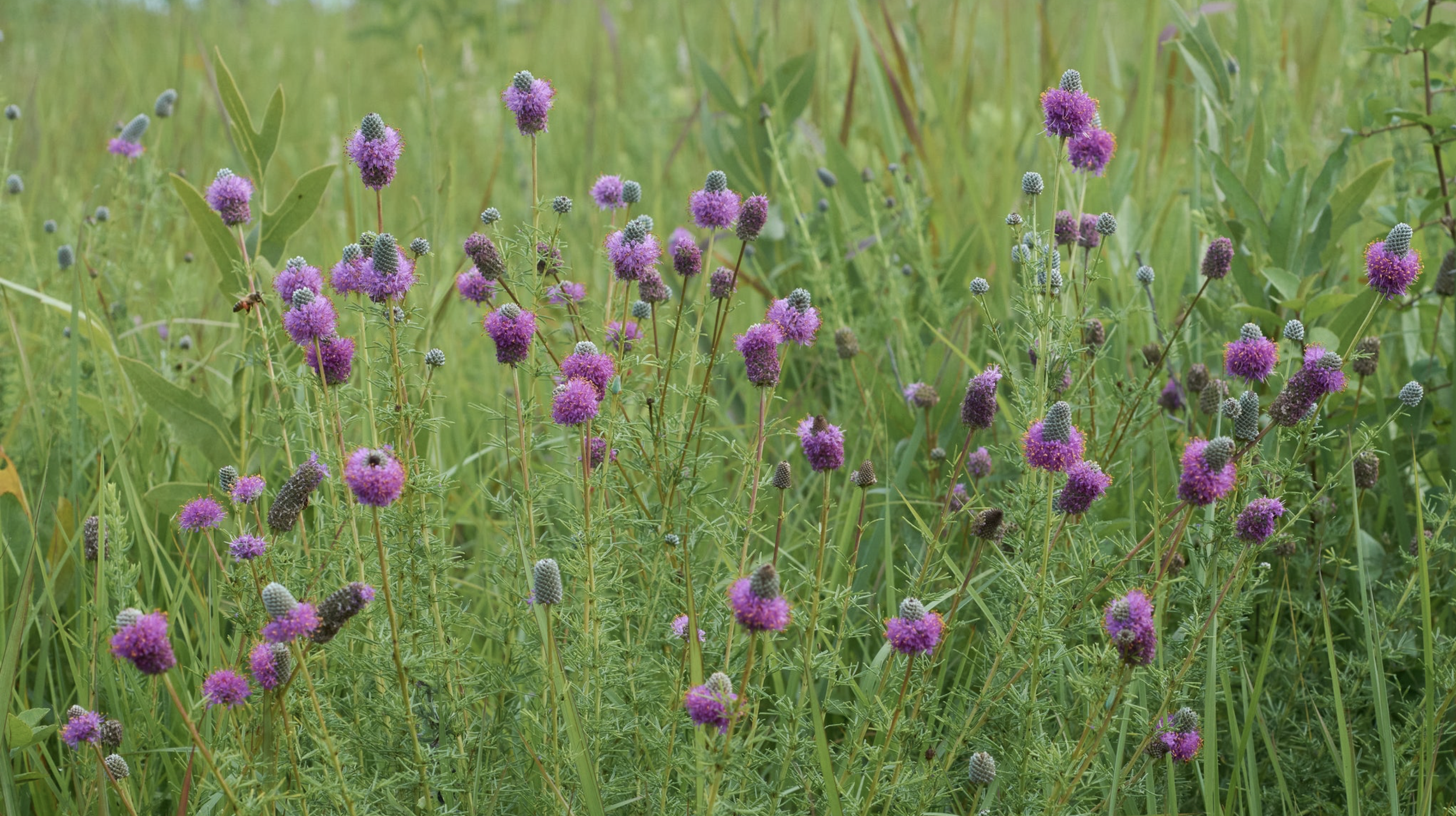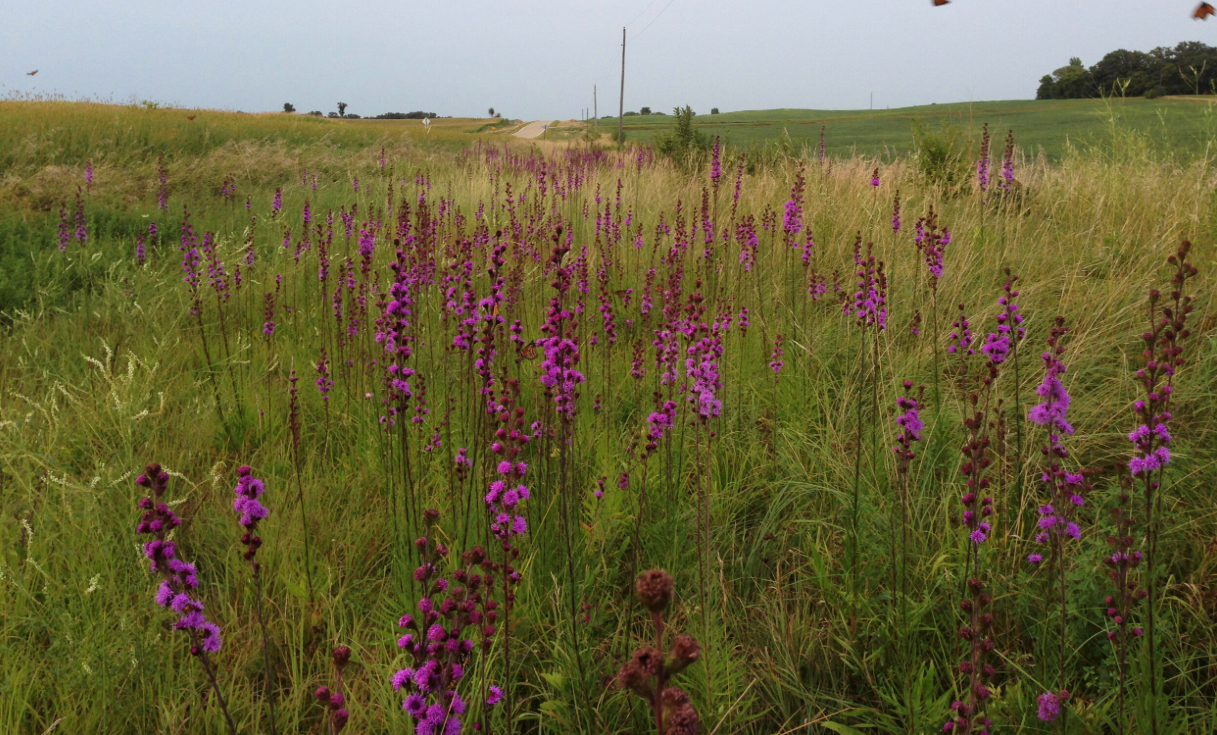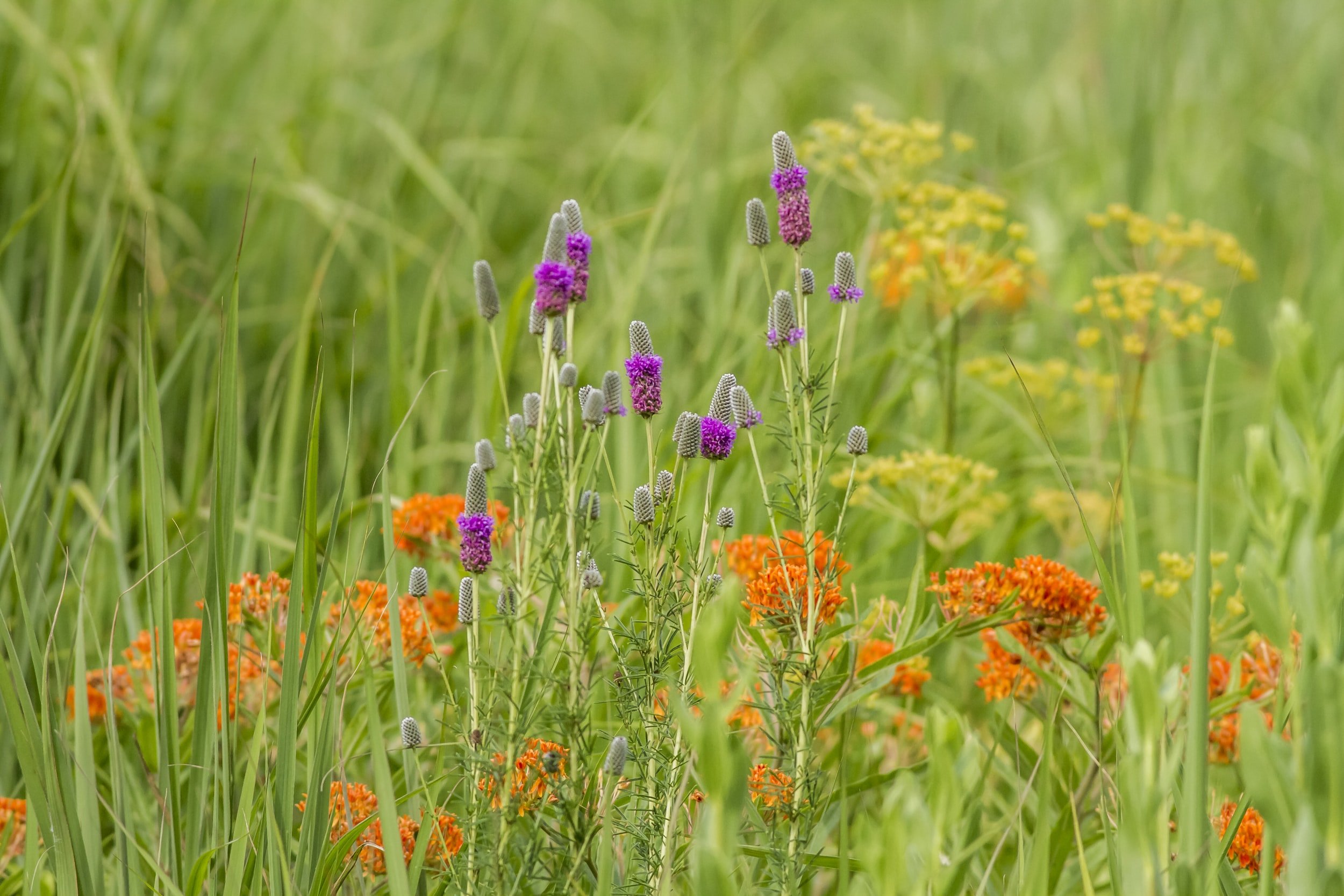Casa Del Rey Site Development
What do you do with that annoying strip between the sidewalk and the street? In our modern neighborhoods this question is perplexing to city planners, homeowners, and pedestrians. It’s too small for much of anything and the perennial solution to its perplexing nature is to fill it with sod. This means that it has to be watered, mowed, fertilized, and kept alive with dogs, humans, and the odd car driving over it. For its location near the street and all it has to handle, this small strip is affectionately referred to as the ‘hell strip’. It is both difficult to keep flourishing but also requires resources people want to use in other places. Is there a better solution? Could our urban and suburban neighborhoods find a different way to handle this ubiquitous but odd strip of space?
We think there are better alternatives and we are trying one of them out at a condominium HOA in downtown Denver. Casa Del Rey, an art nouveau-styled condominium building, reached out to Tree of Life after seeing our work on an adjacent property. They are in a beautiful location near Cheeseman Park and right across from the Denver Botanic Gardens. Wanting to honor the botanical focus of the neighborhood and wanting to save on water, the Casa Del Rey residents sought a design that would do both of those things as well as an update to the landscape from the tired foundation plantings of junipers and shrubs.
We wanted to honor the design of the building and keep the plantings near the building more formal in style, a nod to symmetry and structure, but using well-adapted plants that thrive in our climate. But… Casa Del Rey has a large hell strip - nearly 15 feet wide - and it was planted with sod. The sod was struggling, both from foot traffic and established catalpa trees that sucked up the water with their hungry roots. What could be done here that did not require huge amounts of money and stewardship but would thrive (the sod was in sorry shape)?
Our solution in one word was… SEEDING. What is seeding you may ask? Well, literally broadcasting seeds to establish a plant community from seed. Of course, this seems so very simple but complex seed mixes to address urban concerns is a new and fast developing field. James Hitchmough and Nigel Dunnet, professors of landscape architecture in England, are the leaders in the field with their groundbreaking book, Sowing Beauty. They argue that plant communities can be established by seed in a way that allows the planting to develop over time and also, most importantly, to repair itself. If the mix includes the right amounts and types of flowering perennials, annuals and grasses, the planting can become a self-perpetuating system. When there are holes, the high-seeding annuals can drop their seeds and send up another generation of baby plants. When the sunlight changes, the plants that appreciate a little more shade can fill where it was once full sun plants.
One major factor in favor of seeding is that it is far cheaper than doing anything else, even rock. People in Colorado tend to think that the easiest solution to open dirt is to fill it with sod and if not sod, then rock. Problem solved. But it isn't. Rock is expensive and after a year begins to fill with dirt which then grows weeds again. The only solution for keeping rock looking clean is herbicide applications. If we could fill your inbox with pictures of weedy rock, trust me, it would be full to bursting. Seeding is cheaper, benefits the urban environment, supports pollinators, fights weed infiltration, and with careful planning, keeps itself looking good for years to come.
Grab the vision! Watch this seeding progress as you walk by and then take a look at plantings from seed in the neighborhood: Josephine Street designed by Kevin Williams and the Congress Park seeding designed by Michael Guidi. Sowing Beauty is possible and a fantastic solution for those hell strips in your life. But don’t stop at the hell strip, try seeding areas that could use some beauty. You’ll be surprised by the serendipity that surprises you and the beauty that enfolds you.



